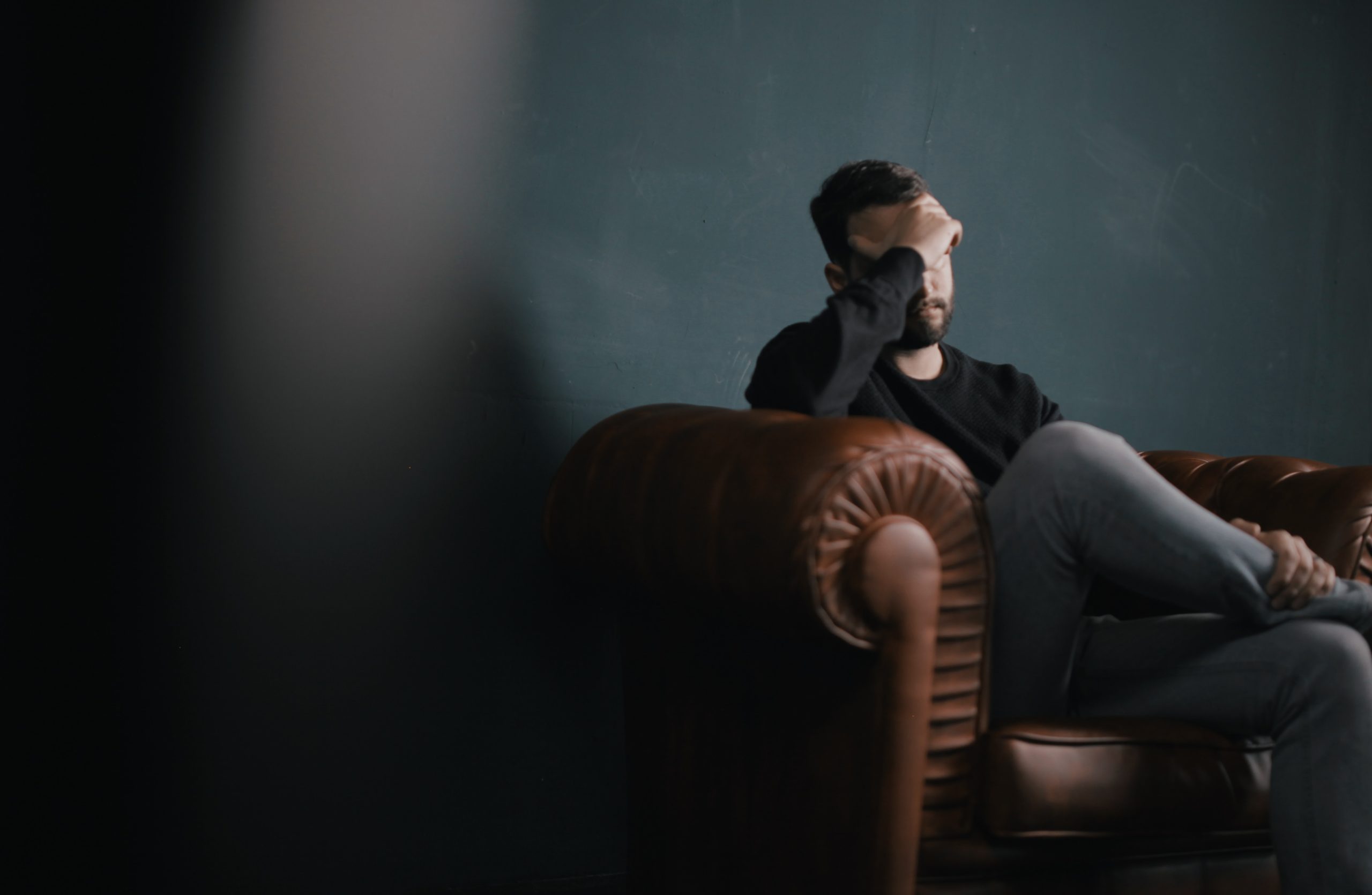Obsessions cause significant anxiety and stress, and because these are psychological “obsessions,” they also cannot easily go away on their own. Eventually, a person will discover a behavior that seems to reduce the anxiety.
Sometimes, that behavior will make sense at first. For example, someone concerned that they forgot to lock a door may check the lock. Other times, the behavior may also be irrational. For example, a person may discover that when their face, their anxiety about hurting a loved one is reduced.
Over time, the person feels as though they “need” to perform this behavior in order to reduce the anxiety. They may also find that they need to do it more and more, sometimes beyond what is rational. That is what creates a compulsion – a repetitive behavior that a person uses to relieve the distress of the obsession.
Examples of Compulsions
Almost anything can be a compulsion if the person felt like it relieved some distress. But most compulsions share common traits. Compulsive behaviors include:
- Washing hands or showering more often than is necessary.
- Physical checking behaviors, such as checking that you locked a door.
- Mental checking behaviors, such as making sure you do not desire to hurt someone.
- Repeating words, counting, or using other mental distractions.
- Collecting things or refusing to throw away items.
- Avoiding people or situations that relate to your obsessions.
Hoarding disorder can be related to OCD. Many of those who struggle with hoarding on Long Island feel a strong fear that they’re going to forget something or lose something, and so they respond by hoarding items. These are all ways that compulsions can manifest.




